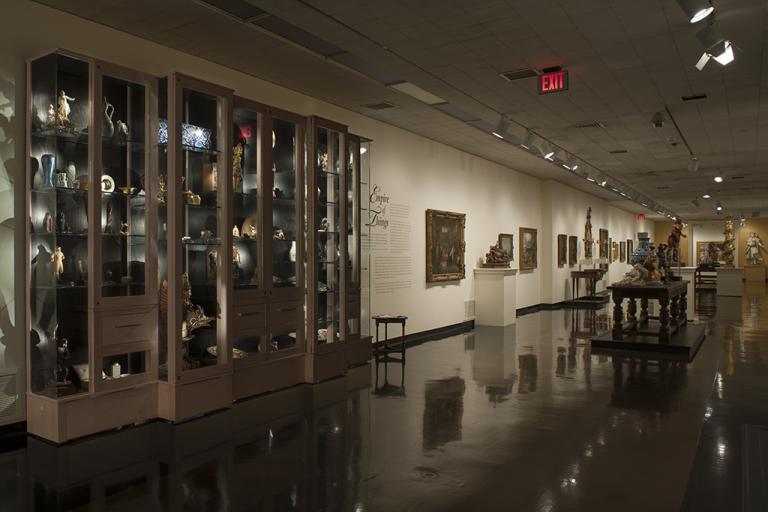Saint James as a pilgrim, unknown maker from France
Artwork Overview
Saint James as a pilgrim
, early 1500s
Where object was made: Champagne or the Duchy of Lorraine (present-day France)
Material/technique: limestone; pigment
Dimensions:
Object Height/Width/Depth (Height x Width x Depth): 102.9 x 33.3 x 26.4 cm
Object Height/Width/Depth (Height x Width x Depth): 40 1/2 x 13 1/8 x 10 3/8 in
Object Height/Width/Depth (Height x Width x Depth): 102.9 x 33.3 x 26.4 cm
Object Height/Width/Depth (Height x Width x Depth): 40 1/2 x 13 1/8 x 10 3/8 in
Credit line: Museum purchase through The Kansas University Endowment Association
Accession number: 1956.0034
Not on display
If you wish to reproduce this image, please submit an image request







